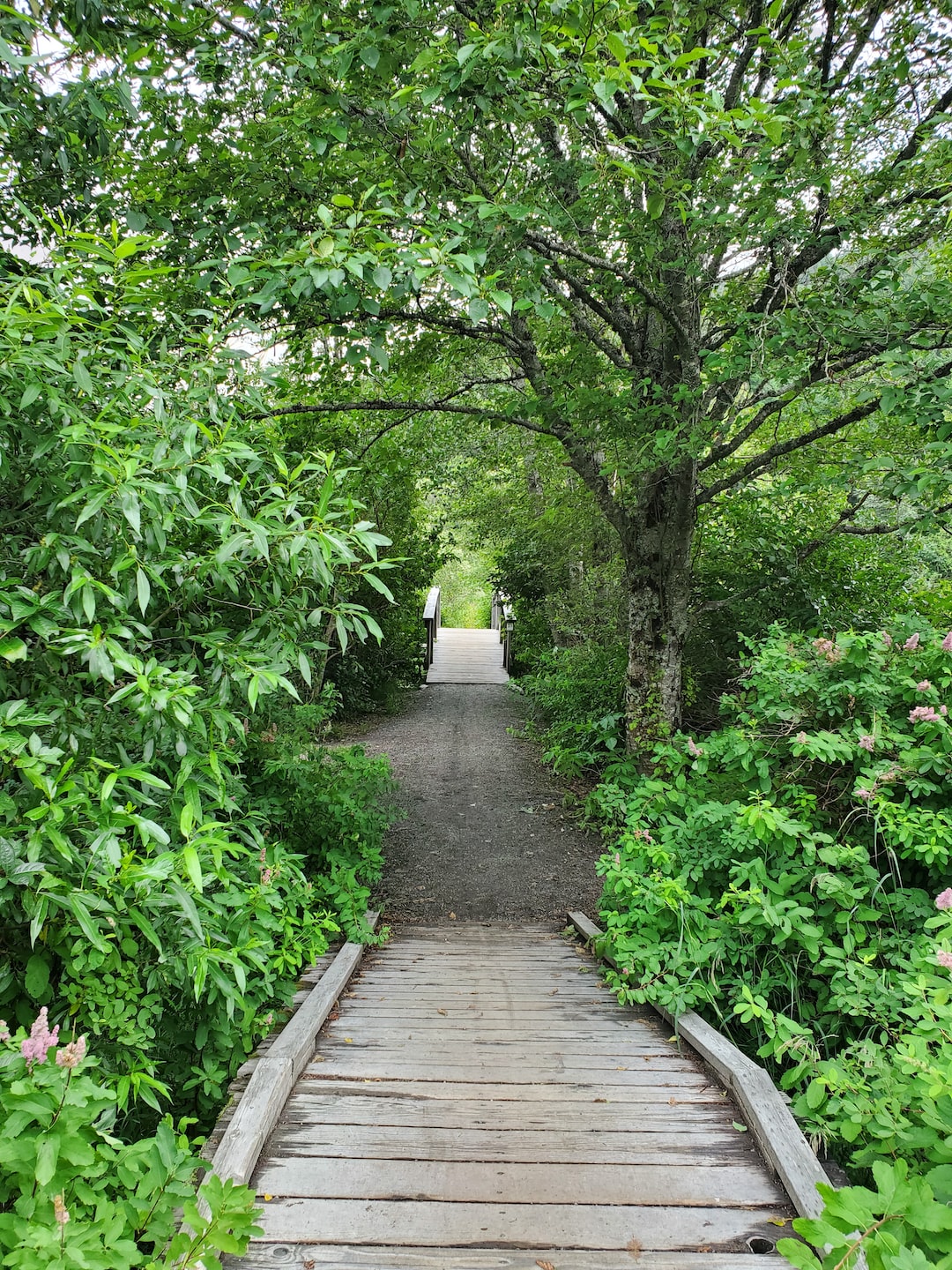The Art of Composting: Turning Waste into Garden Gold
In today’s world, where waste management and environmental sustainability are becoming increasingly important, composting has emerged as a popular and effective method of recycling organic waste. Composting is not only a simple and economical process but also an art that can transform your garden into a lush paradise. Let’s delve into the intricacies of composting and learn how to turn waste into garden gold.
Composting is the natural decomposition of organic materials, such as food scraps, yard trimmings, and leaves, into nutrient-rich compost that can be added to soil to enhance its fertility. This process mimics nature’s way of recycling organic matter and is incredibly beneficial for plants and the environment.
To begin your composting journey, you need a compost bin or pile. This can range from a simple homemade bin made of wire mesh to a more sophisticated compost tumbler or a rotating bin. Choose a location in your garden that receives partial sunlight and is easily accessible for adding and turning the compost.
Next, gather your waste materials. The key to successful composting lies in finding the right balance between green and brown materials. Green materials include fresh grass clippings, vegetable and fruit scraps, coffee grounds, and garden waste. These materials are rich in nitrogen and provide the necessary moisture for the composting process. Brown materials, on the other hand, include dry leaves, straw, wood chips, and shredded paper. These materials are high in carbon and help maintain the proper moisture level and prevent odor and flies.
Chop or shred your waste materials into smaller pieces to accelerate the decomposition process. By increasing the surface area, you allow microorganisms to break down the material more efficiently. Layer the green and brown materials alternately, ensuring a good mixture of both. A ratio of roughly 3 parts brown to 1 part green is ideal.
Moisture is crucial for composting. The pile should be as damp as a well-wrung sponge. If it feels dry, add water, and if it feels too wet, mix in dry materials. Additionally, turning or mixing the compost every few weeks aerates the pile and facilitates decomposition. This can be done using a pitchfork or a compost turning tool. Regular turning ensures the composting process is uniform and speeds up decomposition.
Temperature is another important factor in the composting process. The pile should ideally reach temperatures between 130-150 degrees Fahrenheit, which helps kill weed seeds and pathogens. However, it’s important to monitor the temperature to ensure it doesn’t get too hot, as this can harm beneficial microorganisms. If the pile gets too hot, simply turn it more frequently or add more dry materials to cool it down.
Over time, the composting process will transform your waste into a dark, crumbly, and earthy-smelling material known as humus—the garden gold. Once the compost is ready, it can be added to your garden beds, potted plants, or used as topsoil or mulch. The nutrients in the compost feed the soil, improve its structure, and enhance its ability to retain water.
Composting not only reduces the amount of waste sent to landfills but also promotes a healthier and more sustainable ecosystem. By recycling organic waste, we are giving back to the environment and taking a step towards mitigating climate change. Composting also reduces the need for synthetic fertilizers, which can be harmful to the environment and human health.
In conclusion, composting is an art form that turns waste into garden gold. By practicing the techniques of balancing green and brown materials, maintaining proper moisture and temperature, and regularly turning the pile, you can harness the power of decomposition to transform your garden. So, let’s embrace the art of composting and create a sustainable future, one garden at a time.

